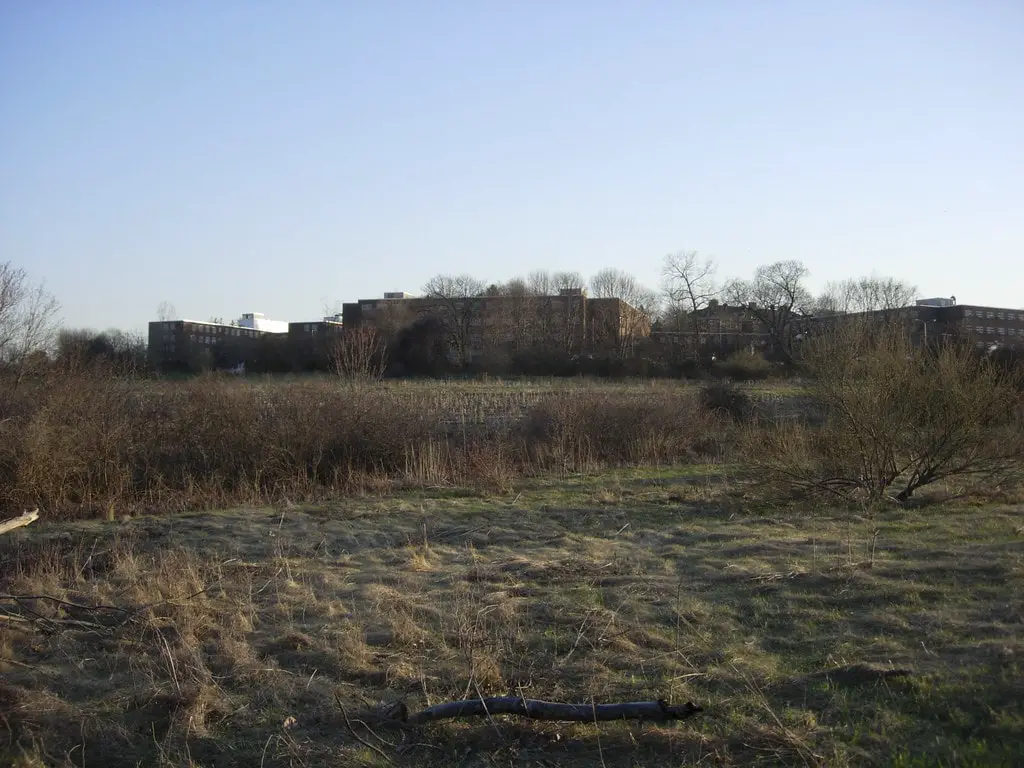The Past Glory of Westborough State Hospital
Once upon a time, nestled within the picturesque town of Westborough, Massachusetts, stood a monumental testament to the history of mental health care in America – the Westborough State Hospital.
Built on the grounds of the State Reform School for Boys in 1884, this impressive structure was initially designed to accommodate the mental health needs of its patients.
Its first steps into the world of mental healthcare were taken on December 1, 1886, making it the first homeopathic hospital for the mentally ill in New England.
The hospital not only served as a beacon of treatment but also as a hub of groundbreaking research. The legendary African-American psychiatrist Solomon Carter Fuller, who spent most of his career at the hospital, conducted pioneering research on the physical changes in the brains of Alzheimer’s patients.
With its 600-acre campus, the hospital was home to more than just patients and doctors. It was a symbol of the nation’s progress in mental health care.
A Farewell to the Westborough State Hospital
However, as the years passed, the fate of the Westborough State Hospital started to dim. In 2010, the hospital was forced to close its doors, a decision driven by the anticipation of the Worcester State Hospital’s opening in 2012.
The once-bustling corridors and treatment rooms fell silent as the Deaf Unit, the two Adolescent Units, and the Intensive Residential Treatment Program were all shuttered.
The hospital’s legacy wasn’t forgotten, though. In 2015, a poignant memorial service was held for the more than 500 patients who passed away at the hospital and whose remains were unclaimed.
They were remembered in a potter’s field at the nearby Pine Grove Cemetery, marking a bittersweet closure to the hospital’s chapter in the history of Westborough.
The Hospital Gives Way to New Beginnings
In the summer of 2019, demolition crews echoed across the grounds of the Westborough State Hospital. Despite its place on the historic register, the decision was made to demolish the entire hospital complex.
The structures that once housed patients and hosted groundbreaking research were reduced to rubble, leaving behind only memories.
The site didn’t remain vacant for long, however. On the grounds where the hospital once stood, a senior living complex started to take shape. The once bustling hospital grounds transformed into a place of peaceful retirement, a stark contrast to the former institution’s solemn purpose.

An Unexpected Twist: The Beaver Conundrum
The journey to the hospital site wasn’t without its share of challenges. While demolishing the old hospital, contractors faced an unexpected adversary – beavers.
These industrious creatures were causing significant issues, damming up the ditch on the property and leading to water pooling and flooding on the site.
In an attempt to mitigate this, contractors attempted to dislodge the dams. Unfortunately, their actions led to sediment being deposited in protected wetland areas, issuing a violation against the state Division of Capital Asset Management and Maintenance.
The contractors’ intervention had led to an unforeseen ecological impact, a reminder that nature always finds a way to make its presence known.

The Path to Restoration
Despite the initial mishap, efforts were made to rectify the situation. A site stabilization plan was quickly implemented, along with an impact report and a restoration plan. The sediment from the incident was removed, and measures were taken to restore the area’s ecological balance.
The site is transforming, with the construction work still ongoing. The beavers, the unexpected inhabitants of the area, are also due to be removed.
The state agency is working diligently to expedite this process, ensuring the smooth transition of the site from a historic mental health institution to a tranquil senior living complex.
Thus, the story of the Westborough State Hospital continues to unfold, a tale intertwined with the history of mental health care, human resilience, and the unanticipated challenges of the natural world.

